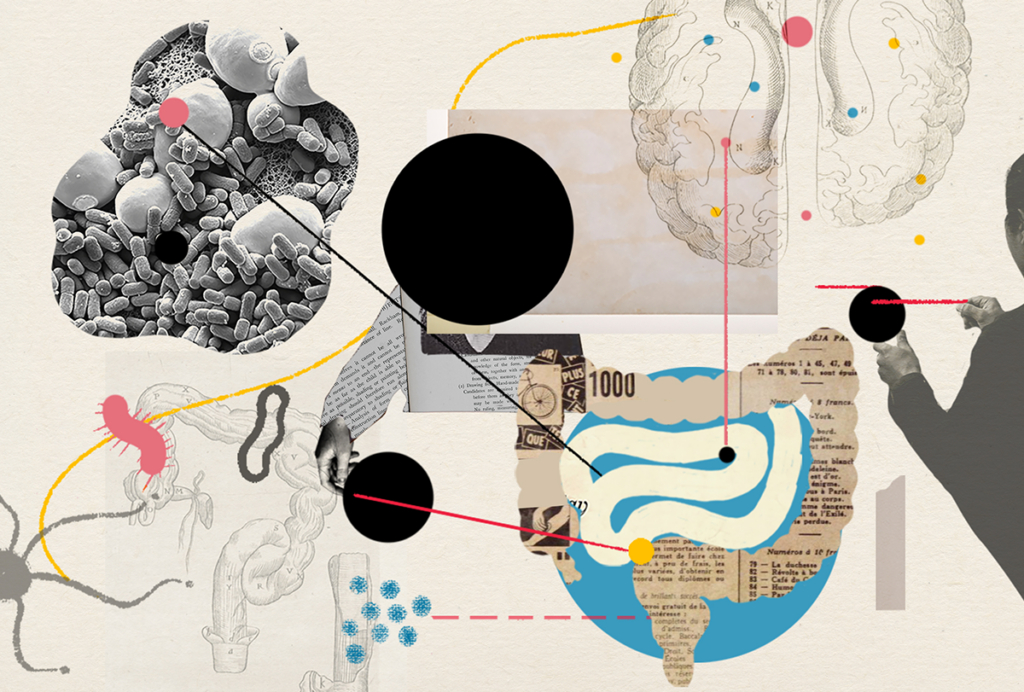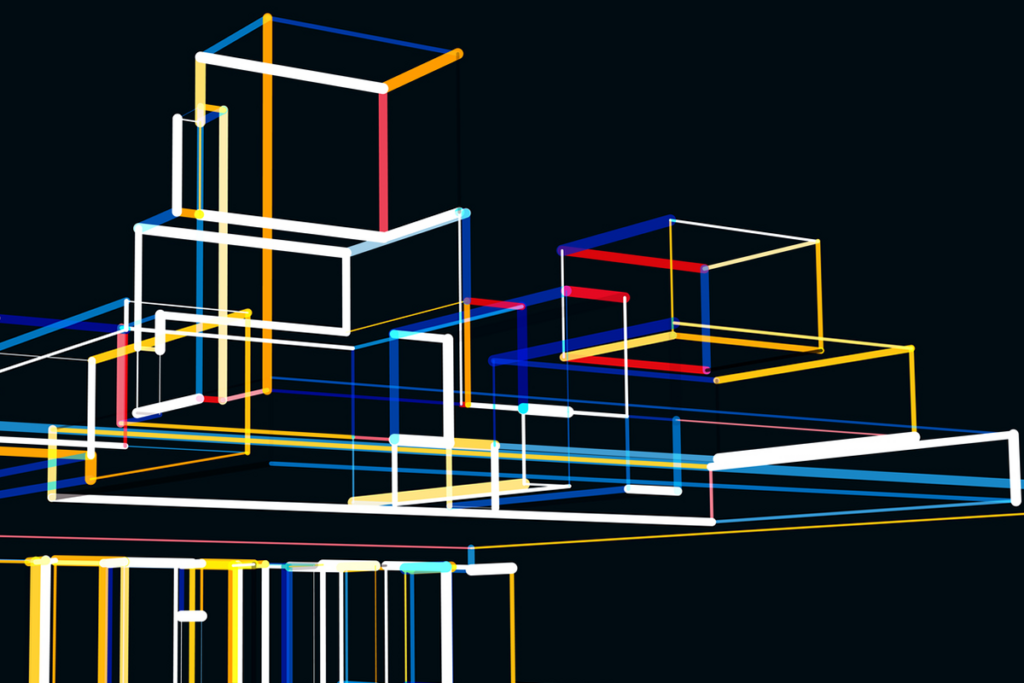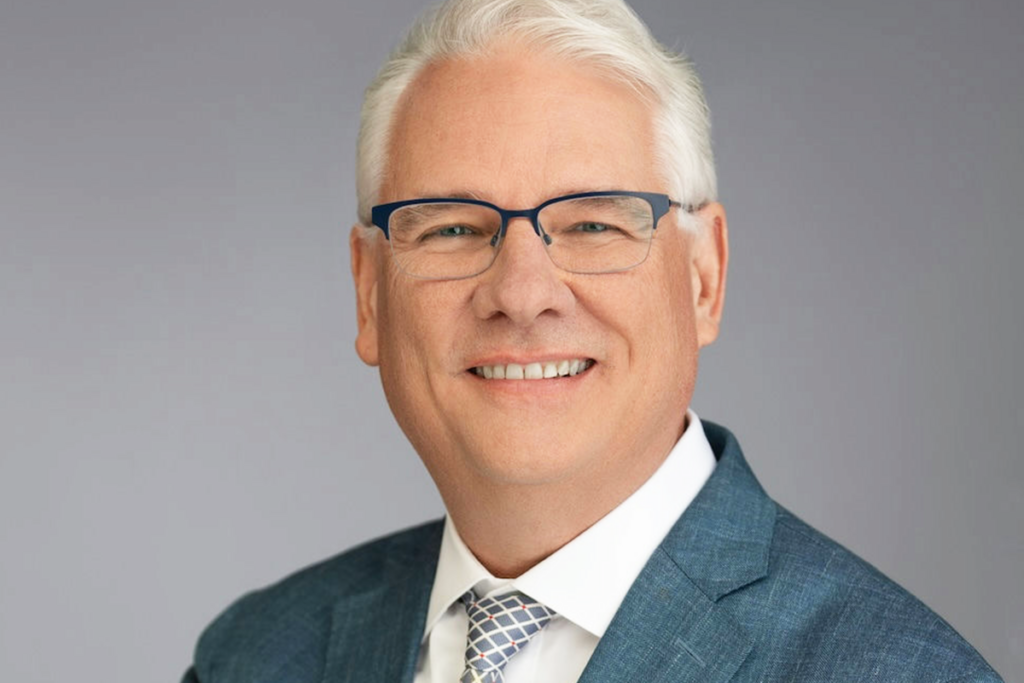- Three overarching patterns of gene transcription involved in brain development inform how autism and schizophrenia emerge from altered scripts. Nature Neuroscience
- Mice missing the autism-linked gene SHANK3 show changes in the spatial and molecular organization of postsynaptic densities. Molecular Psychiatry
- More brain cells in female mice have active X chromosomes from their mother (60 percent) than from their father (40 percent), which results in more fragile X syndrome-like behaviors in female offspring when gene variants are inherited maternally. Cell Reports
- MECP2 gene variants that cause Rett syndrome lead to altered RNA polymerase interactions and DNA binding and, ultimately, decreased gene expression. Neuron
- Inherited factors contribute to 87 percent of autism cases in boys and 75.7 percent in girls, suggesting differing underlying causes overall. JAMA Psychiatry
- Gene variants that are associated with autism but have only moderate effects often co-occur with other moderate-effect-size genes, leading to large effects, according to a preprint. medRxiv
- People with 16p11.2 deletions are more likely to have gross-motor impairments and less likely to have fine-motor impairments than people with 16p11.2 duplications. Autism Research
- Oligodendroglia contribute to the myelination of neuronal axons in mice; but deletion of the autism-linked SCN2A gene alters this process and leads to hypersensitivity in auditory pathways, according to a preprint. bioRxiv
X chromosome inactivation; motor difficulties in 16p11.2 duplication and deletion; oligodendroglia
Here is a roundup of autism-related news and research spotted around the web for the week of 6 May.
By
Jill Adams
7 May 2024 | 2 min read

Under covered: Loss of SCN2A in oligodendroglia (right panel) leads to thinner myelin sheathing and larger axon diameter compared with wildtype mice (left panel).
- A coding system can automate measures of rate of speech and conversational turns in minimally verbal autistic children. Autism Research
- In mice missing the SHANK3 gene, restoring HCN2 channel activity early in development ameliorates the sensory and sleep problems that are typical in this animal model of autism. Cell Reports Medicine
tags:
Recommended reading

Gene replacement therapy normalizes some traits in SYNGAP1 model mice
By
Charles Q. Choi
20 November 2025 | 5 min read

Going against the gut: Q&A with Kevin Mitchell on the autism-microbiome theory
By
Lauren Schenkman
13 November 2025 | 7 min read
Explore more from The Transmitter

Neurophysiology data-sharing system faces funding cliff
By
Lauren Schneider
17 November 2025 | 5 min read

A change at the top of SfN as neuroscientists gather in San Diego
By
Natalia Mesa
16 November 2025 | 6 min read
Cite this article:
